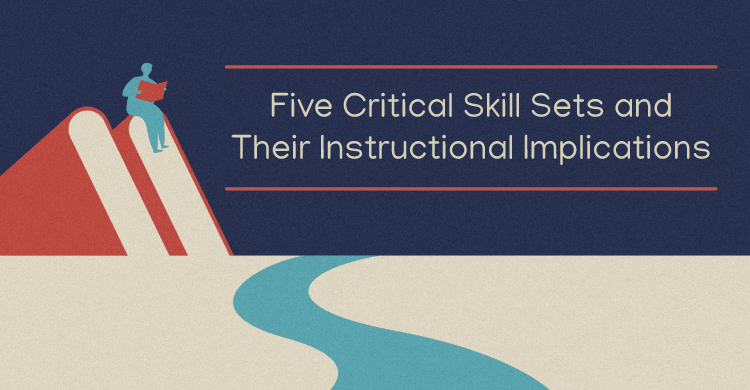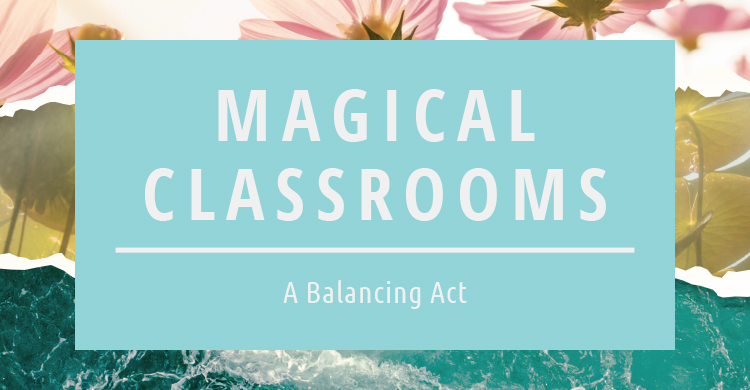2 Writing Instructional Strategies to Demonstrate Understanding of Text
In The New Art and Science of Teaching (2017), Bob Marzano provides a comprehensive model


In The New Art and Science of Teaching (2017), Bob Marzano provides a comprehensive model

Sharing the Burden of Professional Growth and Development between Principals and Peers One of the

Our students encounter thousands of words each day. Some of the words they are familiar

Elliott Seif is the author of Teaching for Lifelong Learning: How to Prepare Students for

Having observed teachers over many years, I’ve often contemplated what makes some classes magical. I